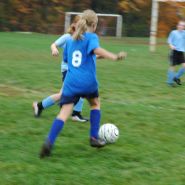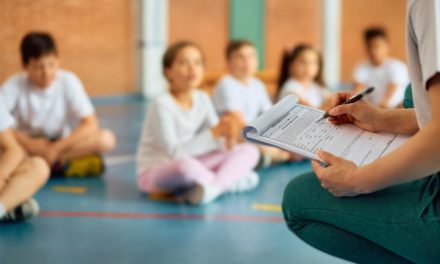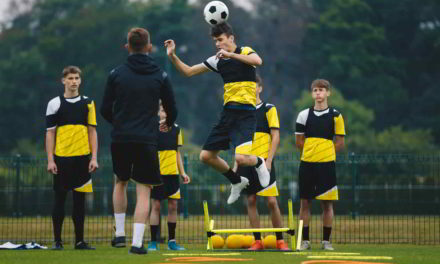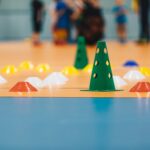There was a collective groan up and down the country when changes to the curriculum were announced, with teachers imagining the changes to lesson plans, learning new sections of the curriculum and in general another year explaining to students that they were the first year to be taking this new exam/course/curriculum, but we all hoped that changes would be made to improve the subject.
Changes to the PE curriculum are more in general terms of the focus that schools and teachers should place on the subject, than wide sweeping specific changes.
The Department for Education announced that the new curriculum will ‘inspire all pupils to succeed and excel in competitive sports’ (DfE, 2013).
This focus on competitive sports will replace the current focus on theory of physical educations, and end ‘the damaging prizes for all culture’.
Competitive sports including badminton, basketball, cricket, football, hockey, netball, rounders and tennis, will now have a focus on personal bests, and so winning, as well as learning the basic skills required in their earlier years.
Younger children (aged five to seven) will be learning how to master basic movements including running, jumping, throwing and catching. From the age of seven it is expected that children will be taking part in these competitive activities.
For primary schools swimming lessons remain a key focus, so children are able to swim confidently over 25m, use a range of strokes, including breaststroke, backstroke and front crawl and perform self-rescue in water based situations. Rather than being able to compete in swimming, the focus is that they can survive falling into water and save themselves in scenarios when they might end up out of their depth.
From 14, pupils should be taking part in a range of complex and demanding physical activities, and be involved in a range of activities outside of school as part of a healthy, active lifestyle.
They should also be improving their skills and techniques in competitive sports such as athletics and gymnastics, or activities such as dance.
There are two areas of focus that take part outside of the school grounds, the first being the encouragement of children over the age of seven to take part in a range of adventurous activities. This clearly depends on the skill set available at specific schools, or the range of activities offered by outside providers.
The second is that pupils will ‘continue to take part regularly in competitive sports and activities outside school through community links or sports clubs’.
Whilst many schools will offer after school sports and pupils will be able to compete in these sports, for many students the sport they excel in will be outside of the scope of the school’s sports, but with clubs up and down the country relying on National Lottery Grants to purchase new equipment and provide new facilities many of these are looking for opportunities to fulfil their community involvement responsibilities and will be more than willing to come into school to make students aware of the opportunities.









